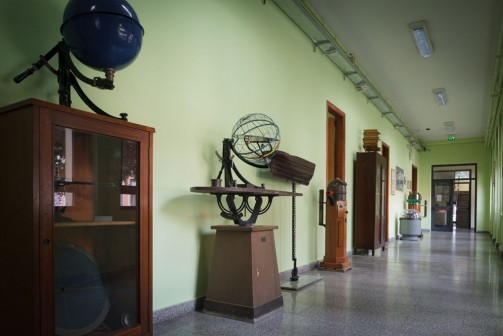The school was founded as an autonomous Nautical Technical Institute in the 1923-24 school year and in 1926 assumed its current name in memory of the famous feat known as the “Beffa di Buccari.” Between the 1930s and 1940s the office was moved first to the Marina, then to Diaz Avenue, and then to its current location on Colombo Avenue. From 1960 to the present, the institute has promoted various renovations that have improved and adapted the complex to new teaching, educational and training needs. Port of Cagliari Exhibition The history of the Port of Cagliari is a reflection of the development and events of the city. Its origins lie in the first half of the 13th century, under the rule of the Pisans, when Cagliari became an important commercial and military center. The harbor was bordered by mighty walls and a palisade to the sea. From 1335 the city passed to the Aragonese, who endowed the port with a dock and the Sanità moletto, but later the discovery of America shifted the Spaniards’ interest to the Atlantic routes so that the Cagliaritan trades suffered a serious collapse especially from the 1600s. Under the Savoys, the trades were mainly related to the export of salt to Sweden and Holland and, in the 1800s, to the development of the mining industry and the construction of the first railroad section in Sardinia. By the end of the century already some 1,200 ships were climbing into the harbor annually. At the same time, the city wall that divided the harbor from the city was demolished. Between the two world wars, maritime trade revived with works to expand and modernize the port. The work also affected the area at the foot of Bonaria(Su Siccu), which was reclaimed and drained. After World War II bombing damage, port facilities were promptly rebuilt, and as early as 1950 the port of call was restructured with enlargement of the Via Roma and Darsena docks. In recent years it has been necessary to adapt the port to various technical and logistical factors. New piers were built–Ichnusa Quay with the Cruise Terminal, Sporgente Rinascita–and the depth of the docks was increased.









